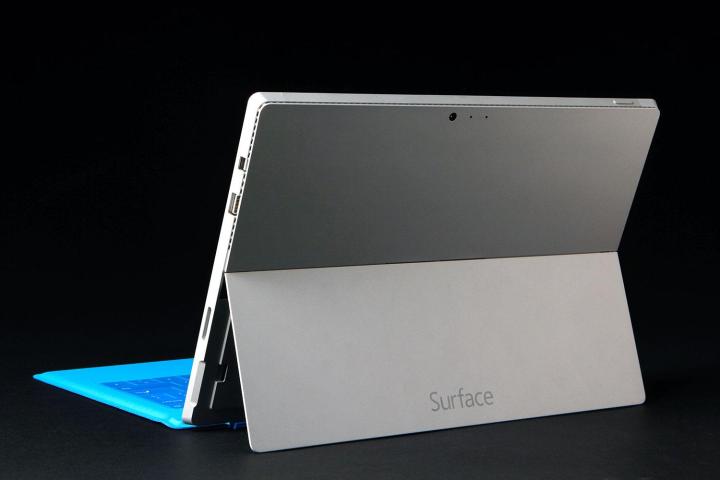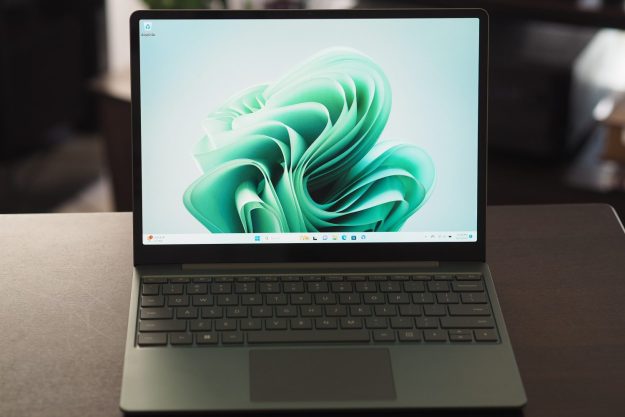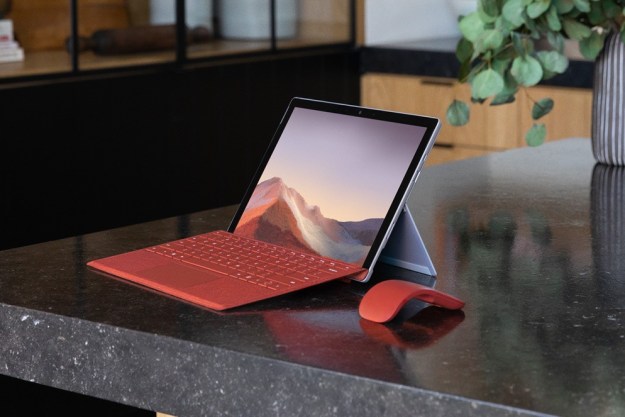
Microsoft is planning to announce the new tablet at its Build Developer Conference next month, according to a report by WinBeta. It’s thought that the device will drop the mobile-centric Windows RT that was used in its predecessor in favor of Windows 8.1 and, eventually, Windows 10 when that operating system is released. Owners will get a free upgrade to Windows 10, just like owners of any other Windows 8.1 machine. Microsoft recently made clear Windows RT owners won’t be getting Windows 10.
The writing has been on the wall for Windows RT for some time now, but this development would seem to be the final nail in its coffin, as it confirms there’s no further devices planned with RT installed. The news also points towards a bridge between the regular and Pro editions of the Surface range.
It’s expected that the Surface 3 will be fitted with an Intel Atom or Intel Core M processor, allowing it to run typical Windows x86 desktop apps. This marks a break from tradition, as only the Pro version of the Surface 2 had such capabilities thanks to its ARM-based processor. Whichever processor it has, the system is expected to be fanless for quiet operation.
It certainly seems that Microsoft is set to position the new Surface as having functionality closer to a traditional laptop than your standard tablet. With a fully-fledged version of Windows running on both the standard and Pro versions of the device, this could well be the edge that the Surface needs to dominate the competitive tablet marketplace.
All of this information comes from WinBeta, which cites confidental sources. The official announcement is expected at Microsoft’s Build Developer Conference which run from April 29 to May 1.
Editors' Recommendations
- Surface Pro 10: all the major changes rumored for the new model
- Windows 11 vs. Windows 10: finally time to upgrade?
- Microsoft’s next event could reveal the Surface Pro we’ve been waiting for
- Microsoft plans to charge for Windows 10 updates in the future
- This sleeper Asus laptop is faster and cheaper than Microsoft’s Surface Laptop Go 3


